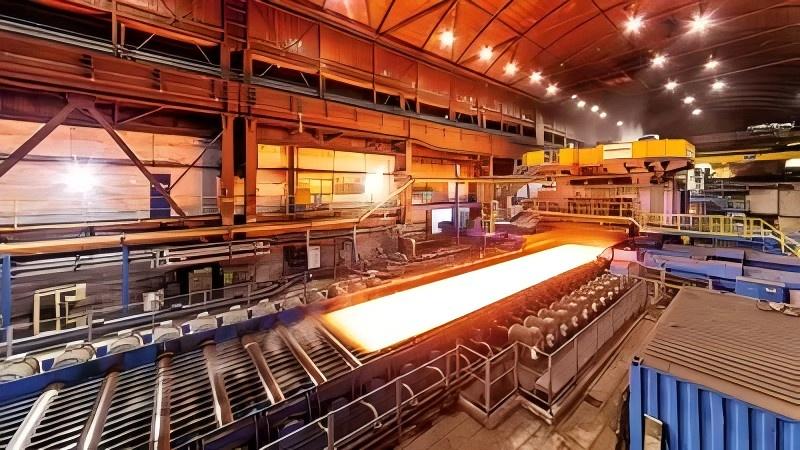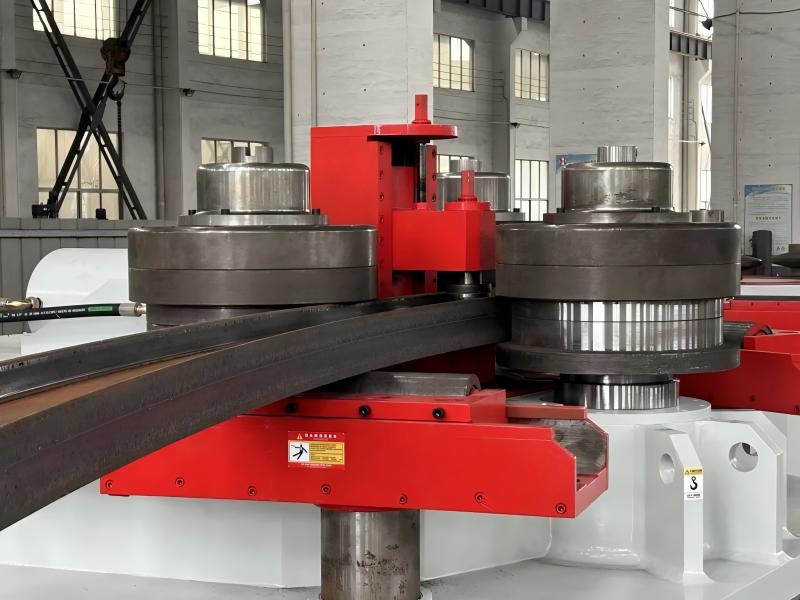Hub di documentazione
Manuali tecnici e guide complete per aiutarti a padroneggiare le macchine HARSLE e ottimizzare l'efficienza della lavorazione dei metalli
Quali sono le applicazioni delle macchine laminate nell'industria siderurgica?
Rolling Machines in the Steel Industry play a vital role in shaping, processing, and enhancing steel products. If you’re curious about their applications and importance in modern steel production, you’re in the right place. In this article, I’ll walk you through the main uses of rolling machines, highlight their advantages, and share practical insights into how they boost efficiency and product quality. Whether you’re considering equipment for your plant or simply broadening your expertise, this guide will give you the clear information you need.
Principali applicazioni di Macchine per laminazione in the Steel Industry
Hot Rolling for Large-Scale Steel Production

Hot rolling machines are widely used in the steel industry to process slabs, blooms, and billets at high temperatures. By reducing the thickness of steel and creating uniform shapes, these machines are essential for producing sheets, plates, and structural steel components. Hot rolling also improves the grain structure of the steel, making it stronger and more ductile for further use in construction and heavy manufacturing.
Cold Rolling for Precision Steel Products
Cold rolling machines play a crucial role when high precision and surface quality are required. Unlike hot rolling, cold rolling is performed at room temperature and creates steel with tighter tolerances, smoother surfaces, and improved mechanical properties. These machines are often used to produce thin steel sheets, coils, and strips that are later used in automotive, appliance, and electronics manufacturing.
Plate Rolling for Cylindrical Steel Structures

In many steel industry applications, rolling machines are used to bend flat steel plates into cylindrical or conical shapes. Plate rolling machines are essential for producing pipes, pressure vessels, tanks, and steel shells used in infrastructure and energy sectors. By adjusting the rolls and pressure, operators can achieve different radii and diameters, offering flexibility for various production needs.
Section Rolling for Beams and Profiles

Section rolling machines specialize in shaping steel beams, angles, channels, and other structural profiles. These machines help create components widely used in construction projects, bridges, and industrial frameworks. With the ability to bend and shape large steel sections, section rolling ensures that complex structures can be manufactured with high consistency and strength.
Custom Metal Fabrication in the Steel Industry
Rolling machines are not limited to large-scale production. They are also applied in custom fabrication workshops where steel components must be formed to meet specific project requirements. From artistic metalwork to specialized industrial parts, rolling machines provide the adaptability to handle diverse shapes and materials.
Vantaggi dell'utilizzo Macchine per laminazione in the Steel Industry

Maggiore efficienza e produttività
Rolling machines allow steel producers to process large volumes of material quickly. Their automation and precision reduce manual labor and speed up production cycles.
Improved Product Quality
With precise control over thickness, shape, and finish, rolling machines deliver high-quality steel products that meet strict industry standards.
Versatilità nelle applicazioni
From hot rolling to plate rolling, these machines adapt to different types of steel and production needs, making them a versatile investment for manufacturers.
Domande frequenti
Why are Rolling Machines in the Steel Industry so important?
Rolling machines are critical because they shape raw steel into usable forms, such as sheets, plates, and structural components, while enhancing strength and consistency.
What is the difference between hot rolling and cold rolling?
Hot rolling is done at high temperatures, making it suitable for large-scale shaping of steel, while cold rolling is performed at room temperature for higher precision and better surface finish.
Can plate rolling machines handle thick steel plates?
Yes, modern plate rolling machines can process very thick plates, making them suitable for heavy industries such as shipbuilding, energy, and pressure vessel manufacturing.
How do rolling machines improve efficiency in steel production?
They reduce manual intervention, minimize material waste, and ensure consistent product quality, all of which lower production costs and increase output.
Conclusione
Rolling machines are indispensable in the steel industry because they transform raw steel into finished products with precision, strength, and efficiency. From hot and cold rolling to plate and section rolling, these machines support everything from large-scale steel plants to specialized fabrication workshops. By understanding their applications and benefits, you can better evaluate which rolling solutions are right for your business.
If you want to explore advanced rolling machines or get professional advice for your steel production needs, feel free to contact our team at HARSLE. We’re ready to provide expert support and help you choose the right solution for your projects.













